Long-Lasting Meals: 12 Simple Techniques for Food Preservation
Nov 08, 2023 By Nancy Miller
Have you ever been stuck trying to figure out how to make a meal last longer while still maintaining taste and freshness? Food preparation can be exhausting, especially in the day-to-day grind of modern life. Thankfully, there are some great food preservation techniques that don’t require too much skill or specialized equipment. In this blog post we will explore simple yet effective methods of food preservation which can help stretch your grocery budget further while tasting just as good as when you first made it. From proper storage methods like refrigeration and freezing, to traditional curing and pickling - learn how to maximize your ingredients without compromising on flavor!
Refrigeration
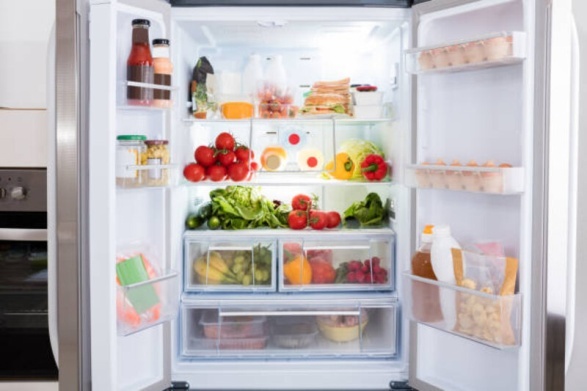
One of the easiest methods of preserving food is refrigeration. This method slows down bacterial growth and enzymes that cause food spoilage, keeping your food fresh for longer periods of time. However, some types of food can still go bad even when kept in the fridge, so it’s important to pay attention to expiration dates and proper storage temperatures.
Freezing
Freezing is another popular method of food preservation. This works by slowing down the growth of bacteria, yeast and mold through low temperatures. Freezing can also help retain the nutrients in your food, making it a healthier option compared to other preservation methods.
Canning
Canning involves heating food in airtight containers to kill any microorganisms that can cause spoilage. This method is commonly used for fruits, vegetables and even meats. Canned food can last for years if stored properly, making it a great option for long-term food preservation.
Drying
Drying or dehydrating food removes moisture which prevents bacteria from growing and causing spoilage. This method is perfect for preserving herbs, fruits and some types of meat like jerky. Dried food can last for months, making it a great option for snacks or emergency food supplies.
Smoking
Smoking is an ancient method of preserving meat and fish that is still used today. It involves exposing the food to smoke from burning wood which contains antimicrobial compounds that prevent bacterial growth. This not only preserves the food, but also adds a unique smoky flavor.
Salting
Salting is another traditional method of food preservation that has been used for centuries. Salt draws moisture out of the food, making it inhospitable for bacteria to grow. This method is commonly used for curing meats and pickling vegetables.
Pickling
Pickling involves immersing food in a solution of vinegar, salt and spices which creates an acidic environment that inhibits the growth of bacteria. This method is commonly used for preserving vegetables, fruits and even meats.
Vacuum sealing
Vacuum sealing involves removing air from a container or bag to create an airtight seal. This method prevents oxygen from reaching the food which slows down bacterial growth and prolongs shelf life. Vacuum sealed food can last up to 3-5 times longer compared to other preservation methods.
Fermenting
Fermentation is a natural process that involves the breakdown of sugars and carbohydrates by microorganisms. This not only preserves food, but also creates unique flavors and increases nutritional value. Fermented foods like yogurt, sauerkraut and kimchi are becoming increasingly popular for their health benefits.
Root cellaring
Root cellaring is an old-fashioned method of preserving vegetables and fruits by storing them in a cool, dark and humid environment like a basement or cellar. This slows down the ripening process and extends the shelf life of produce.
Herb-infused oils
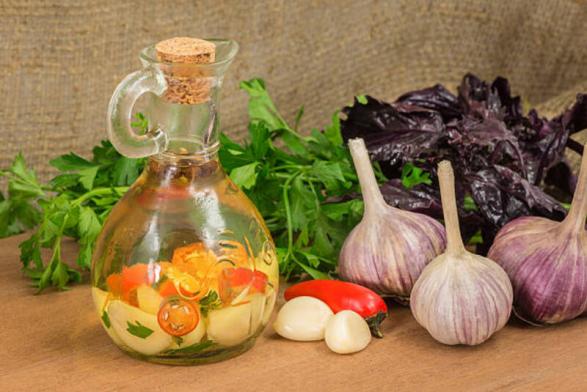
Herb-infused oils not only add flavor to dishes, but also preserve fresh herbs for longer periods of time. Simply infuse fresh herbs like rosemary, thyme or basil in olive oil and store in a cool, dark place for up to 6 months.
Jam and jelly making
Making jams and jellies is another popular method of preserving fruits. The high amount of sugar creates an environment where bacteria cannot thrive, allowing the jam or jelly to last for up to a year when stored properly.
Preserving food doesn’t have to be complicated or time-consuming. With these simple techniques, you can make your groceries stretch further and reduce food waste while still enjoying fresh and flavorful meals.
Benefits of food preservation
Aside from extending the life of your food, there are many other benefits to preserving your meals. Food preservation can help you save money by reducing food waste and allowing you to stock up on ingredients when they are on sale. It also allows you to enjoy out-of-season fruits and vegetables all year round, as well as creating unique flavors through fermentation and pickling.
Conclusion
We have explored 12 simple yet effective food preservation techniques that can help you save money and reduce food waste. Whether it’s proper storage, traditional methods like smoking and pickling, or modern techniques like vacuum sealing and fermenting - there are plenty of options to choose from based on your preferences and needs. So next time you’re looking for ways to make your meals last longer, give these techniques a try and see the difference it makes! So go ahead and experiment with different preservation methods to find what works best for you. Happy preserving!
-
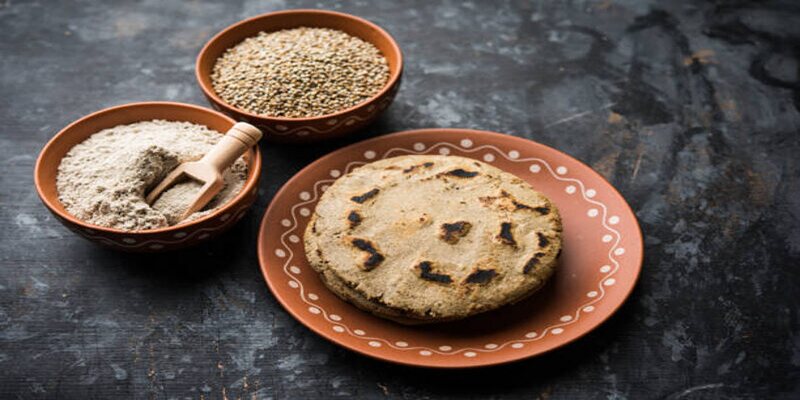 Food Nov 08, 2023
Food Nov 08, 2023Unlock the Wellness: 15 Hearty Benefits of Eating Millet
Discover the amazing health benefits of millet, a superfood packed with essential nutrients. Learn easy and delicious ways to incorporate millet into your daily diet.
-
 Beauty Feb 17, 2024
Beauty Feb 17, 2024How to Get Rid of Eye Bags Naturally
Struggling with dark circles under your eyes? Here's professional and engaging advice for reducing the severity of eye bags. Learn natural methods you can do in the comfort of your home, including lifestyle changes and home remedies
-
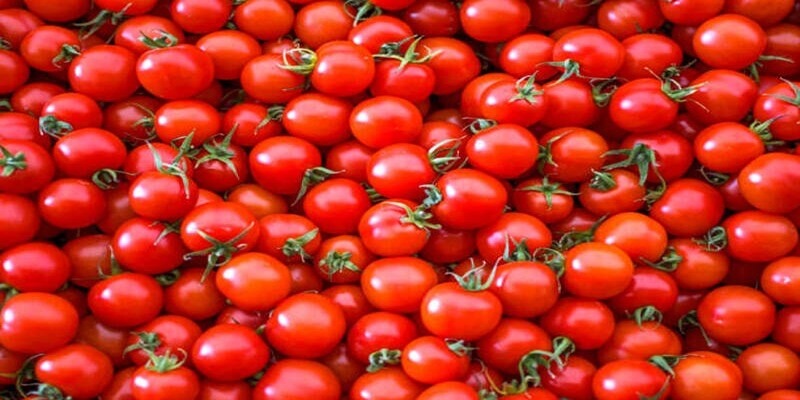 Food Nov 08, 2023
Food Nov 08, 2023Goodness of Tomatoes: 14 Reasons to Include Them in Your Regular Diet
Discover the numerous health benefits of tomatoes, learn how to incorporate them into your diet, and explore some easy-to-prepare tomato recipes.
-
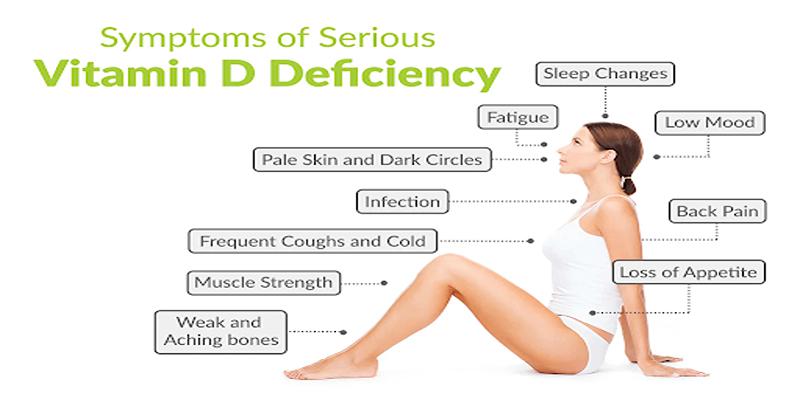 Condition Nov 11, 2023
Condition Nov 11, 2023Vitamin D Deficiency Symptoms
Struggling with persistent fatigue or muscle weakness? It could be a sign of vitamin D deficiency. This blog post explores the symptoms, causes, and treatments for this common health issue so you can identify it early and start living healthier!
